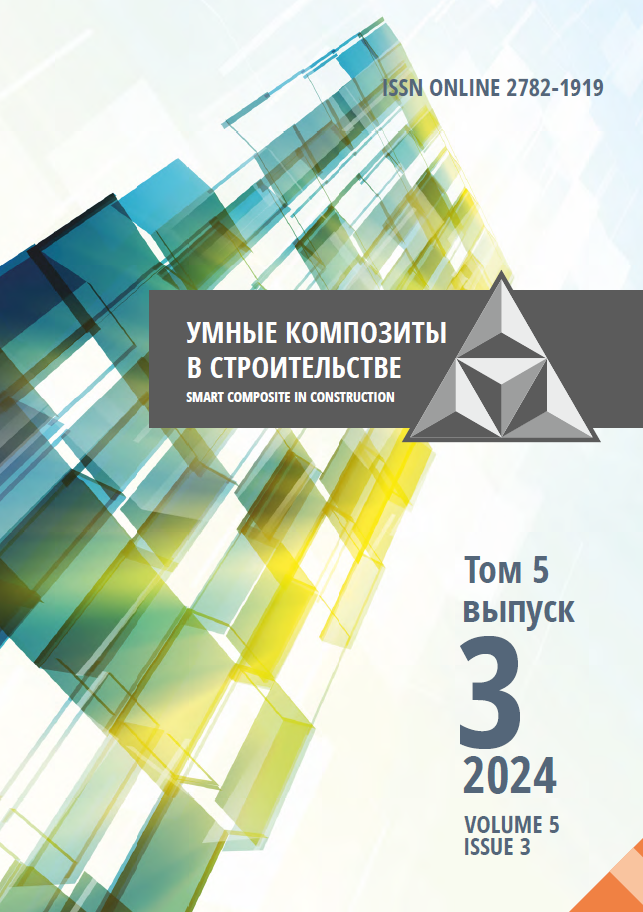National Research University Higher School of Economics
Yaroslavl State Technical University
Yaroslavl, Yaroslavl, Russian Federation
It is not always possible to achieve the required characteristics of soils that would provide the necessary durability and strength during the operation of automobile roads. In this regard, the technology of soil reinforcement with lime, which allows to improve significantly the characteristics of the soil, is widely practiced. The paper presents the results of experimental studies. They are aimed at studying the peculiarities of lime impact on sand characteristics and time of soil holding at optimum humidity in sealed packages. The paper shows that the introduction of 5% lime helps to increase the optimum moisture content of sand by 1% and provides a 5% increase in the skeletal density of the soil-lime mixture compared to unstrengthened soil. The optimum curing time for fine sand strengthened with lime is 2 h. The results obtained open a wide range of possibilities for further research on soil strengthening for road construction.
automobile roads, fine sand, lime, optimum moisture content, soil skeleton density
1. Podolsky, V.P., Nguyen, Van Long and Nguyen, Dyk Shi (2014), "On the possibility of the expansion of a road construction resource by the soil stabilization and consolidation", Nauchnyj vestnik Voronezhskogo GASU. Stroitel'stvo i arhitektura [Scientific Herald of the Voronezh State University of Architecture and Civil Engineering. Construction and Architecture], no. 1 (33), pp. 102-111 (in Russian).
2. Design Procedures for Soil Modification or Stabilization / Production Division. (2008), Office of Geotechnical Engineering. 120 South Shortridge Road Indianapolis, Indiana 46219.
3. Methods of soil stabilisation with different materials. Available at: https://theconstructor.org/geotechnical/soil-stabilization-methods-and-materials/9439 / (accessed 09.07.2024) (in Russian).
4. Field Manual. No. 5-410 / Headquarters Department of the Army Washington, DC, 23 December 1992. Change 1, 4 June 1997. 344 p.
5. Halsted, G.E., Adaska, W.S. and McConnell, W.T. (2008), Guide to Cement-Modified Soil (CMS) / G.E. Halsted, EB242 Portland Cement Association. Skokie, Illinois, USA.
6. Lime-treated soil construction manual lime stabilization & lime modification (2004), Published by National Lime Association. The Versatile Chimikal, Bul. 326, 41 p.
7. Makusa, G.P. (2012), "State of the Art Review Soil Stabilization", Methods and Materials in Engineering Practice. Department of Civil, Environmental and Natural Resources Engineering / Division of Mining and Geotechnical Engineering. Luleå University of Technology. Luleå, Sweden. 35 p.
8. ASTM (2000b) Test Method for Laboratory Compaction Characteristics of Soil Using Standard Effort (12,400 ft-lb/ft). Designation D698 / Annual Book of ASTM Standards. ASTM American Society for Testing and Mate-rials. West Conshohocken, PA, US.
9. Slabodchikova, N.A. and Pluta, K.V. (2018), "Necessity of improvement of normative base on selection of soil compositions strengthened by inorganic binder", Dorogi i mosty [Roads and Bridges], no. 1 (39), p. 26 (in Russian).
10. Pridatko, Yu.M., Shabrov, V.L., Lebedev, A.B., Salnikova, K.S. and Dobrokhotov, V.B. (1997). Method of stabilization of sandy soil foundation, Patent RF 2,098,553.
11. Ignatyev, A.A. and Prenglaev, G.V. (2018), "Increasing the efficiency of compaction of unbound soils by regulating the interfacial interaction of particles", Dorogi i mosty [Roads and Bridges], no. 1 (39), P. 10 (in Russian).
12. Ignatiev, A.A., Gotovtsev, V.M. and Razgovorov, P.B. (2023), "Gradient model of liquid adhesionon the building material surface", Umnye kompozity v stroitel'stve [Smart Composite in Construction], no. 4 (4), pp. 30-49. Available at: http://comincon.ru/index.php/tor/issue/view/v4n4_2023 (accessed 09.07.2024) (In Russian).
13. Ignatyev, A.A. and Gotovtsev, V.M. (2020), "Transformation of a disturbed sitting drop', Umnye kompozity v stroitel'stve [Smart Composite in Construction], no. 1 (1), pp. 39-44. Available at: https://comincon.ru/ru/nauka/issue/5036/view (accessed 09.07.2024).







